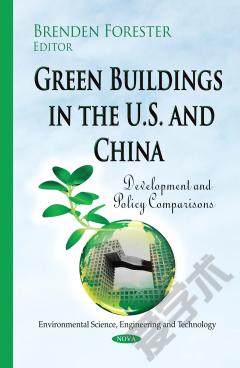Green Buildings in the U.S. and China: Development and Policy Comparisons
One of the most exciting new trends in water quality management today is the movement by many cities, counties, states, and private-sector developers toward the increased use of Low Impact Development (LID) to help protect and restore water quality. LID comprises a set of approaches and practices that are designed to reduce runoff of water and pollutants from the site at which they are generated. By means of infiltration, evapotranspiration, and reuse of rainwater, LID techniques manage water and water pollutants at the source and thereby prevent or reduce the impact of development on rivers, streams, lakes, coastal waters, and ground water. This book summarizes 17 case studies of developments that include Low Impact Development (LID) practices and concludes that applying LID techniques can reduce project costs and improve environmental performance. This book also compares green energy programs and policies in China and the United States.
{{comment.content}}








 京公网安备 11010802027623号
京公网安备 11010802027623号